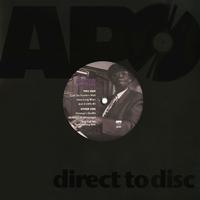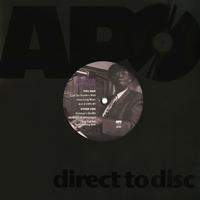Perkins began his blues existence primarily as a guitarist, but a mid-40's encounter with an outraged knife-toting chorus girl at a nightspot left him with severed tendons in his left arm. That dashed his guitar aspirations, but Joe Willie Perkins came back strong from the injury, concentrating solely on piano. He traveled to Helena with Robert Nighthawk in 1943, playing with the elegant slide guitarist on his radio program. Perkins soon switched over to rival Sonny Boy Williamson's beloved King Biscuit Time radio show and remained for an extended period.
Perkins accompanied Nighthawk on a 1950 session for the Chess brothers that produced Jackson Town Gal, but Chicago couldn't hold him at the time. He hit the road, pausing at Sam Phillips's studios in Memphis long enough for Perkins to wax his first version of Pinetop's Boogie Woogie in 1953, then headed back to the windy city in 1969 when Otis Spann split from Muddy Waters. That is when the stage was set for Pinetop Perkins's reemergence. It was only then that his rolling mastery of the ivories began to assume outsized proportions.
After joining Muddy Waters, Pinetop made up for precious lost time in the studio. Discs for Antone's, Omega (Portrait of a Delta Bluesman, a solo outing that includes fascinating interview segments), Deluge, Earwig, and several other firms ensure that his boogie legacy won't be forgotten in decades to come.
Pinetop at a young 87 years old admits he wasn't the originator of the seminal piano piece Pinetop's Boogie Woogie, but it's a safe bet that more people associate it nowadays with Pinetop than with the man who devised it in the first place, Clarence Pinetop Smith. Pinetop plays 6 songs on a Steinway Concert Grand 9' model D with Jimmy D. Lane on guitar.
| 1. Look Over Yonders Wall | |
| 2. How Long Blues | |
| 3. Just A Little Bit | |
| 4. Pinetop Shuffle | |
| 5. Down in Mississippi | |
| 6. They Call Me The Grindin’ Man |


